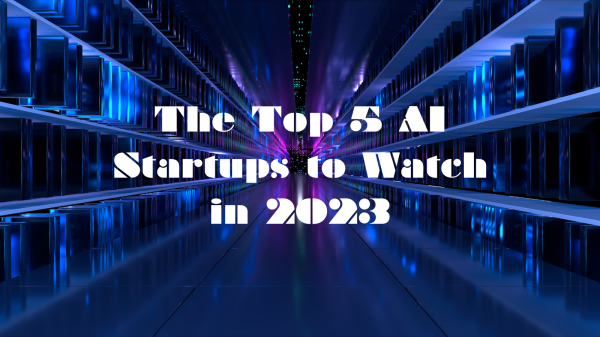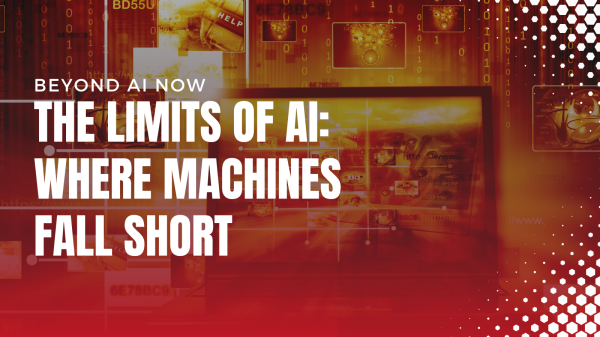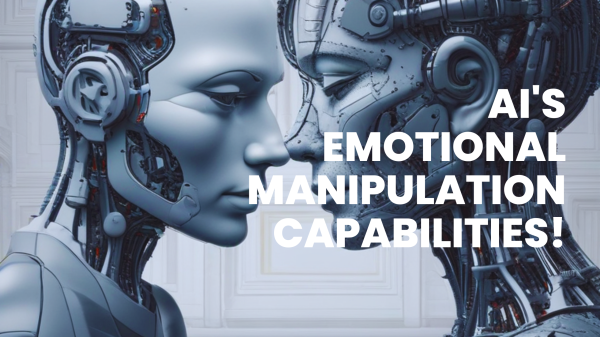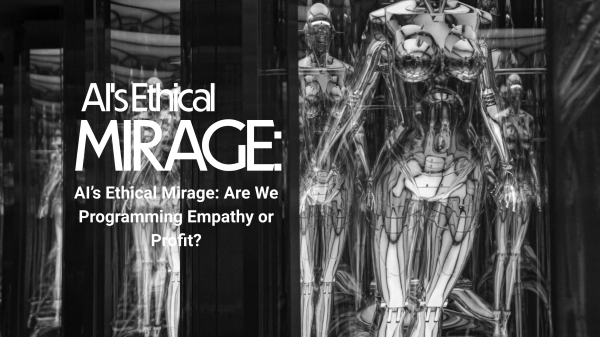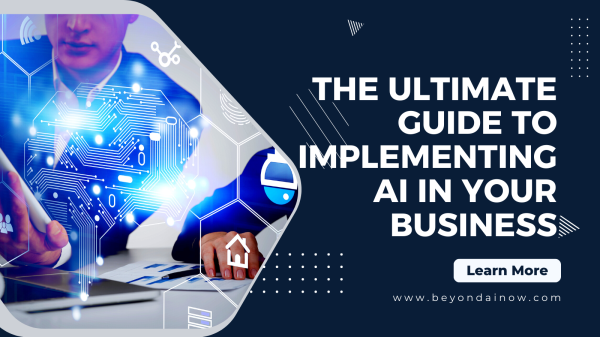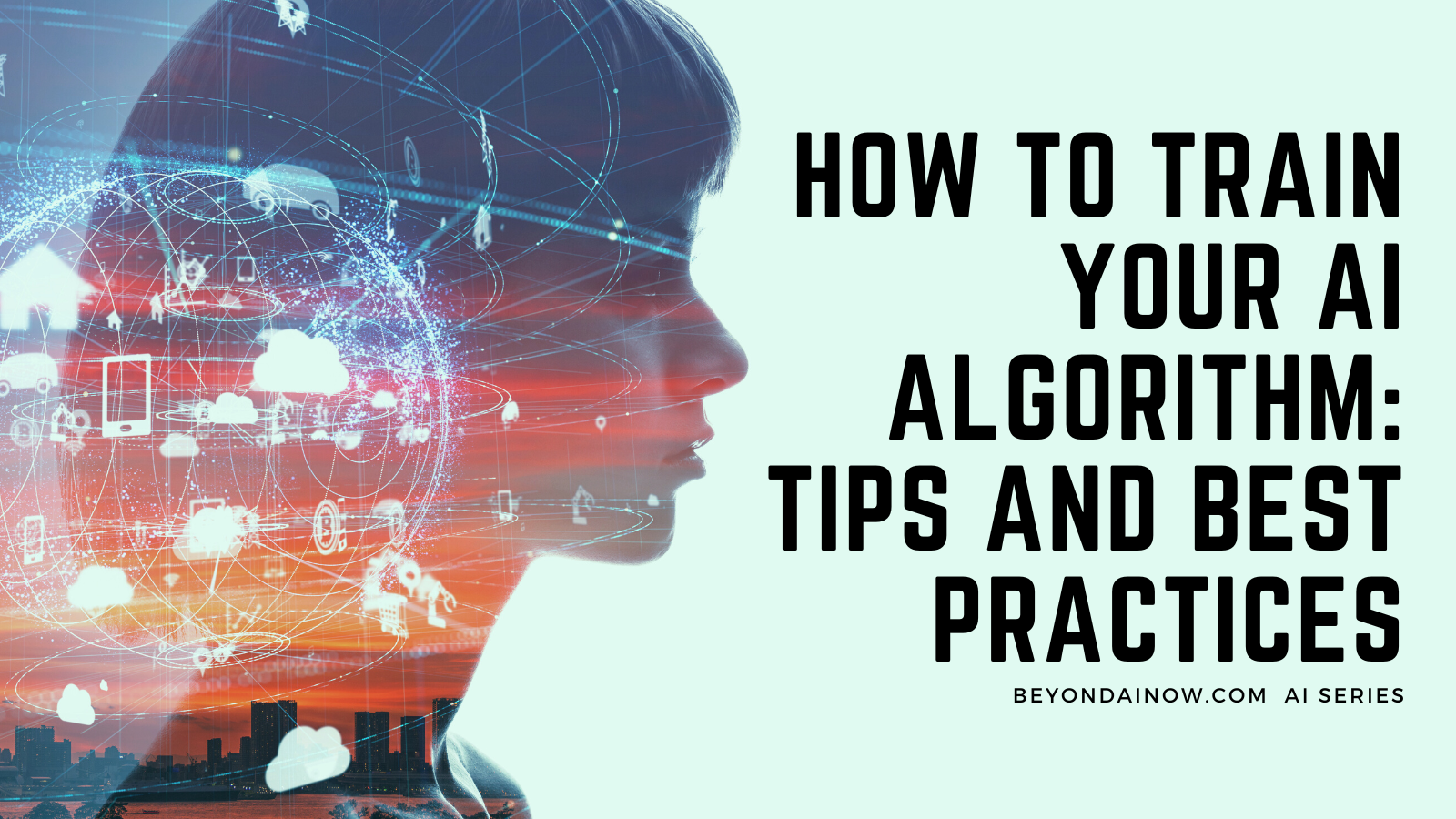Artificial intelligence (AI) is a powerful technology that is revolutionizing the way we live and work. It has the potential to automate a wide range of tasks, from customer service to medical diagnoses, and is already being used by businesses of all sizes to gain a competitive edge. However, as with any powerful technology, it is important to approach AI with caution and care. In order to get the most out of your AI algorithm, it is crucial to train it properly. In this article, we will explore some tips and best practices for training your AI algorithm.
- Define Your Goals
Before you begin training your AI algorithm, it is important to define your goals. What do you want the algorithm to do? What kind of data will it need to analyze? By answering these questions, you can determine the scope of your project and create a roadmap for success.
- Choose the Right Data
Choosing the right data is crucial when training an AI algorithm. You want to select data that is relevant to your goals and that accurately represents the problem you are trying to solve. It is also important to ensure that your data set is diverse and comprehensive, as this will help prevent bias and increase the accuracy of your algorithm.
- Clean Your Data
Once you have selected your data, it is important to clean it. This involves removing any irrelevant or duplicate data, as well as correcting any errors or inconsistencies. Clean data is essential for accurate AI training.
- Label Your Data
Labeling your data involves assigning labels or categories to each data point. This is important for supervised learning algorithms, as it helps the algorithm to identify patterns and make predictions. Labeling your data can be a time-consuming process, but it is essential for accurate AI training.
- Choose the Right Algorithm
Choosing the right algorithm is crucial when training an AI model. There are many different algorithms to choose from, each with its own strengths and weaknesses. It is important to select an algorithm that is appropriate for your goals and data set.
Once you have selected your algorithm, it is time to train your model. This involves feeding your algorithm your labeled data and allowing it to identify patterns and make predictions. The training process can take time, and may require multiple iterations in order to achieve the desired accuracy.
- Test Your Model
After training your algorithm, it is important to test it. This involves feeding it new, unlabeled data and measuring its accuracy. Testing is essential for ensuring that your algorithm is working as intended and making accurate predictions.
- Refine Your Model
Based on the results of your testing, you may need to refine your model. This could involve tweaking your algorithm, selecting different data, or changing your labeling process. Refining your model is an ongoing process, and may require multiple iterations in order to achieve optimal accuracy.
- Monitor Your Model
Once your model is up and running, it is important to monitor it. This involves keeping an eye on its performance and making adjustments as necessary. Monitoring your model is essential for ensuring that it continues to perform accurately and effectively.
- Stay Up to Date
Finally, it is important to stay up to date on the latest AI research and developments. This field is constantly evolving, and staying informed can help you to make informed decisions about your own AI projects.
In conclusion, training an AI algorithm is a complex and challenging process, but by following these tips and best practices, you can increase your chances of success. By defining your goals, selecting the right data, choosing the right algorithm, and refining your model, you can create an accurate and effective AI model that can help you achieve your business goals.



